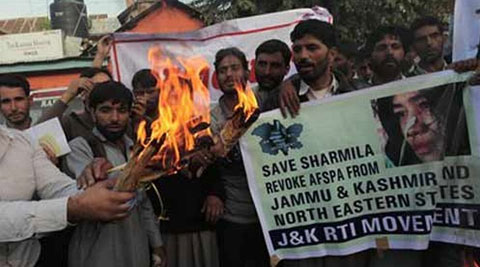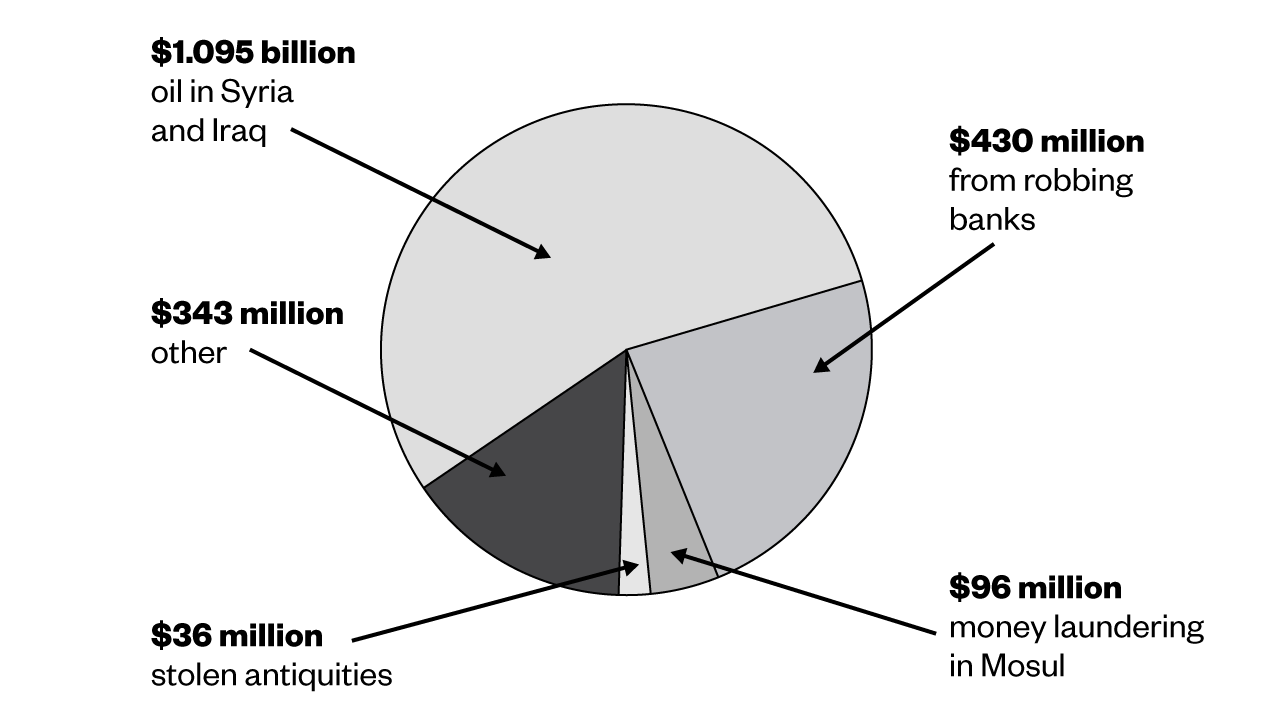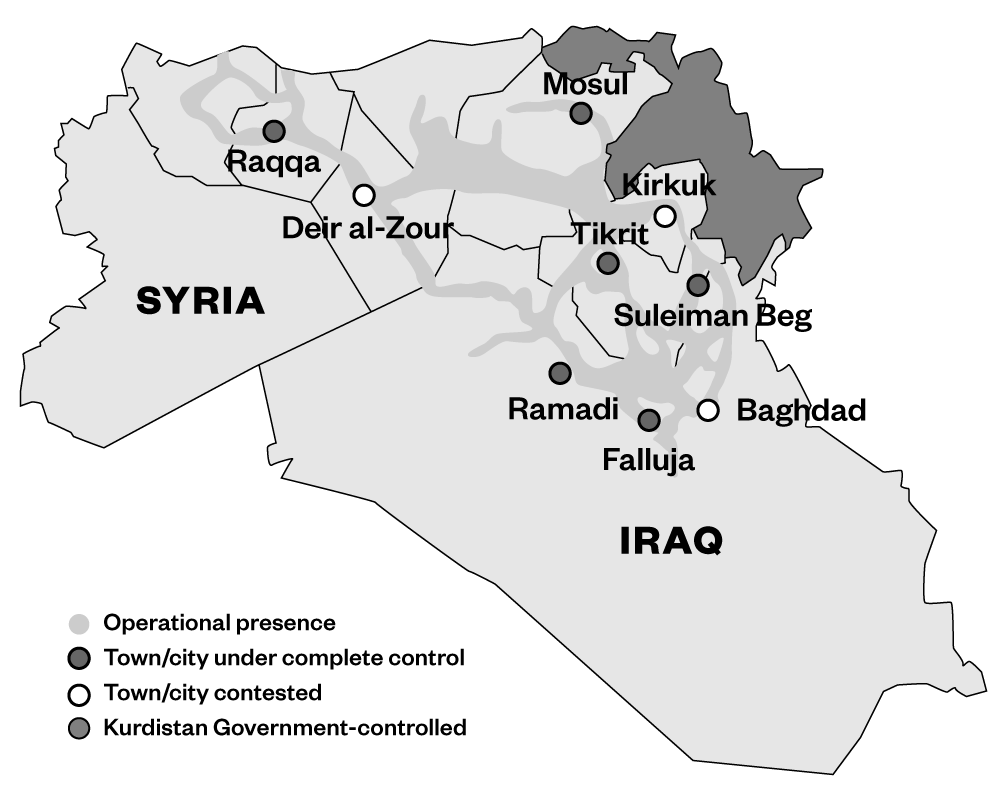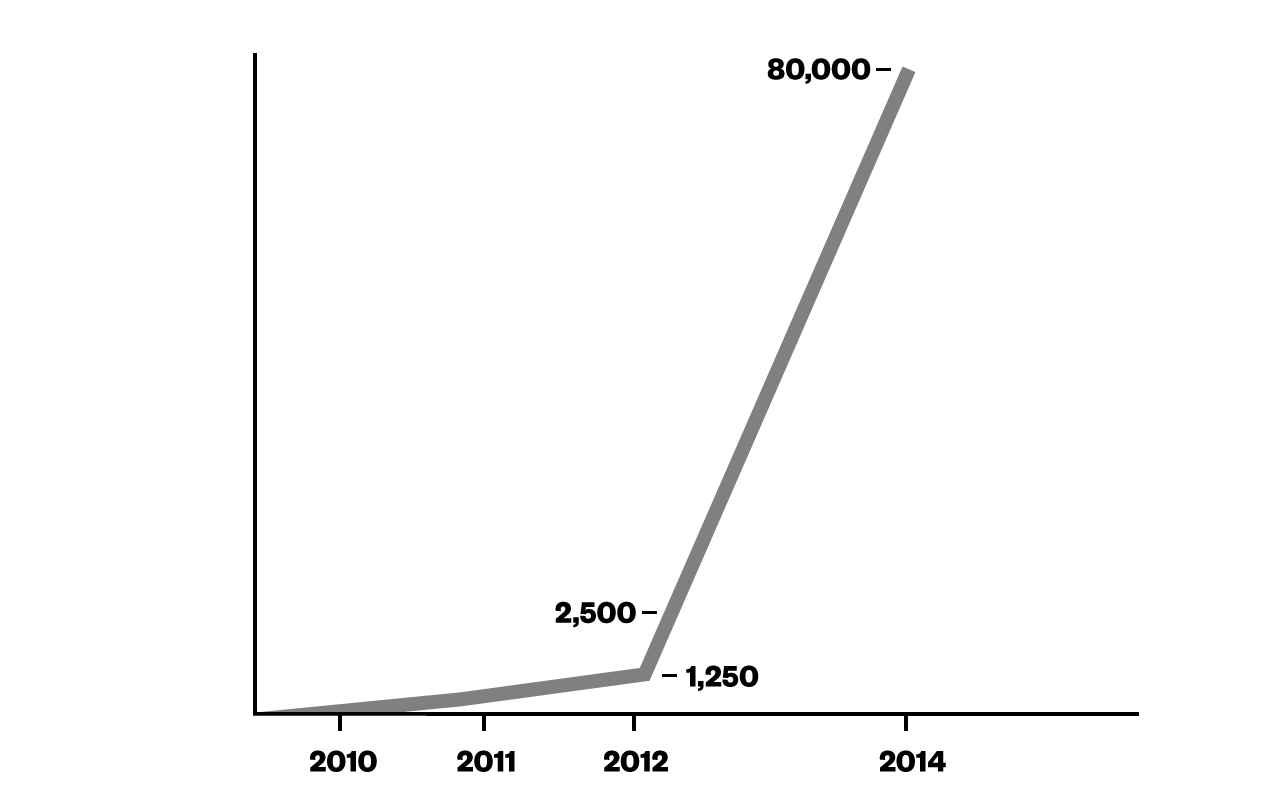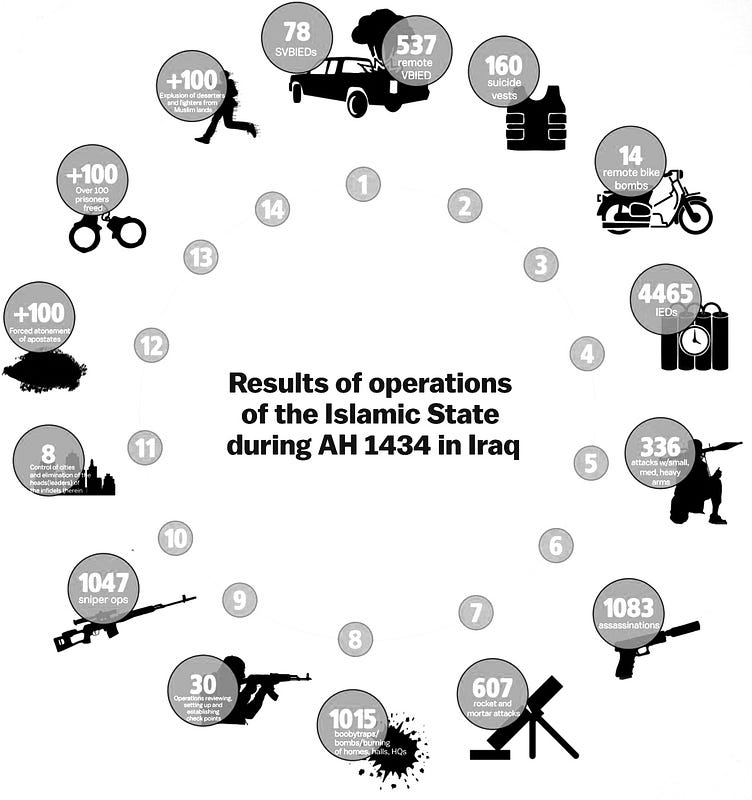
The
United Naga Council is organizing mass rallies to push towards the
solution of the Indo–Naga issue, as well as to protest against
militarisation of Ukhrul area and the aggressive policies of the
Government of Manipur in terms of the ancestral lands of Naga people.
United Naga Council (UNC) has announced
its decision of launching mass rallies in the four Naga dominated
district headquarters of Tamenglong, Senapati, Ukhrul and Chandel on
August 30 [2014] to exert pressure on the Government of India for
expediting an acceptable and honourable settlement of the Indo-Naga
issue.
The rallies will also be in protest
against the alleged militarisation of Naga areas particularly Ukhrul
district by Government of Manipur by deployment State forces in alleged
utter disrespect of the Indo-Naga cease-fire as well as against
Government of Manipur's alleged disrespect for the democratic process of
tripartite talk on alternative arrangement which has been progressing
towards a logical stage.
The UNC further said the August 30
[2014] rallies will also be in protest against the unabated aggressive
policies of the Government of Manipur to encroach upon the ancestral
lands of the Nagas and tribal through Laws, Acts & Notifications to
subvert the protective provisions of the Manipur Land Revenue and Land
Reforms (MLR & LR) Act, 1960 .
In statement issued by its publicity
wing, UNC informed that after the rallies joint memorandum on all these
points of demand and protests will be submitted by the Tribe Hohos and
frontal organisations of the respective districts through the Government
of India agencies to the Prime Minister of India and also dispatched
through post.
UNC appealed to all churches, Christian
leaders, frontal and regional organisations, village chiefs and village
councils and village authorities, students and youth’s leaders to take
up the moral responsibilities for ensuring the maximum participation of
the people in the rally.
It also advised the Naga people to be
vigilant against any attempt of the adversaries to discredit the
peoples' movement for their political aspirations by sabotaging the
democratic civil action.
Source: E–PAO






%2BGuwahati.PNG)

